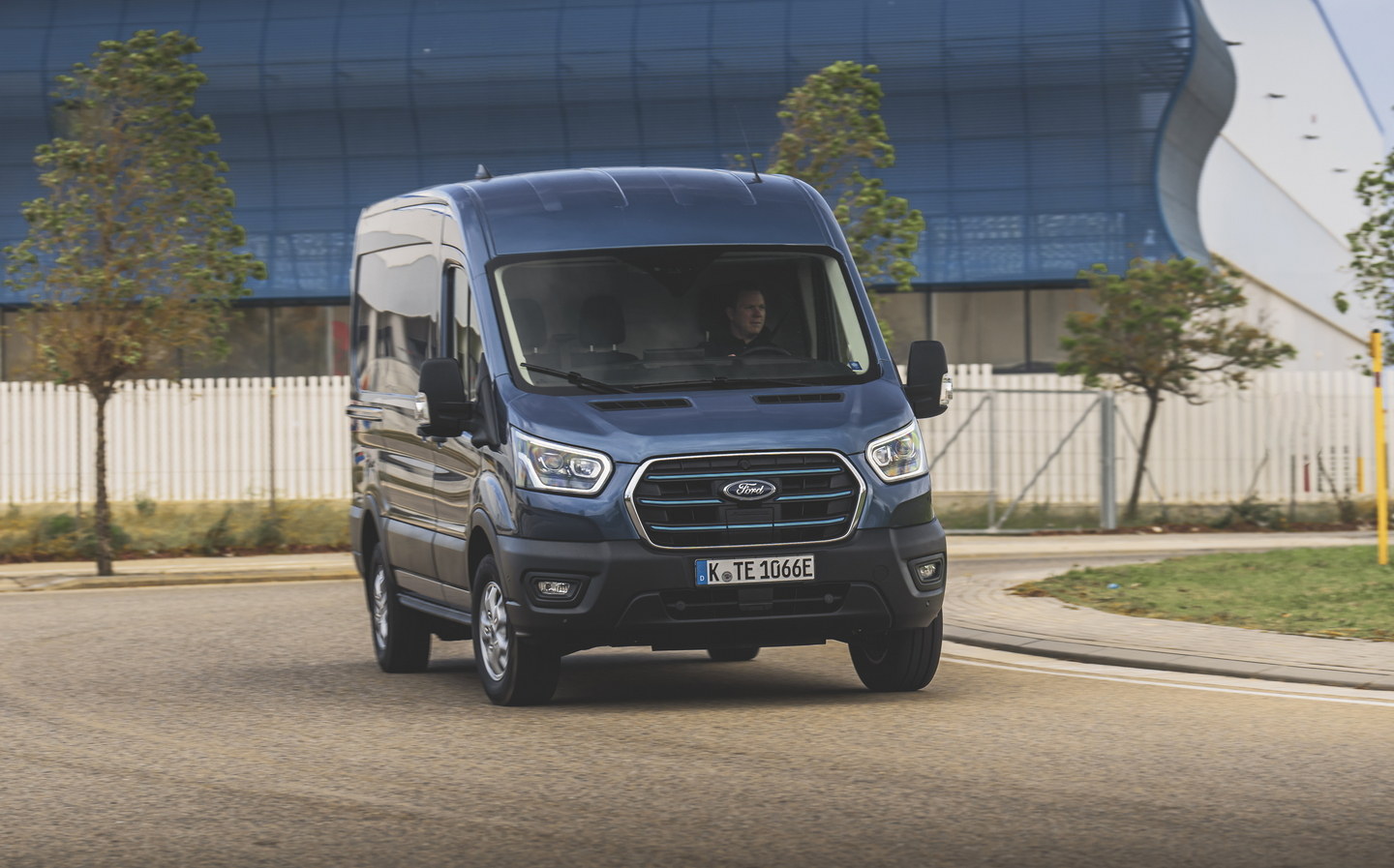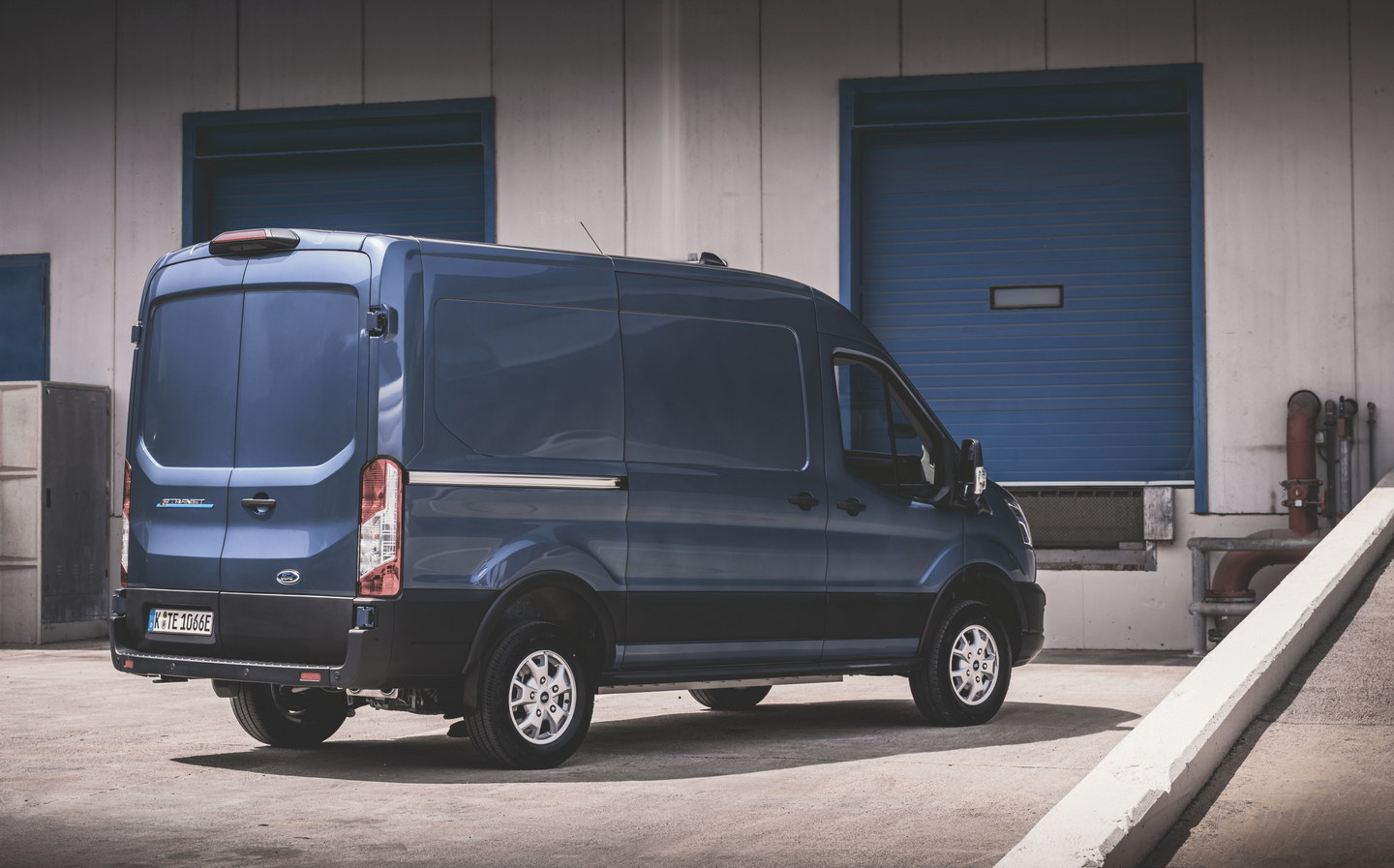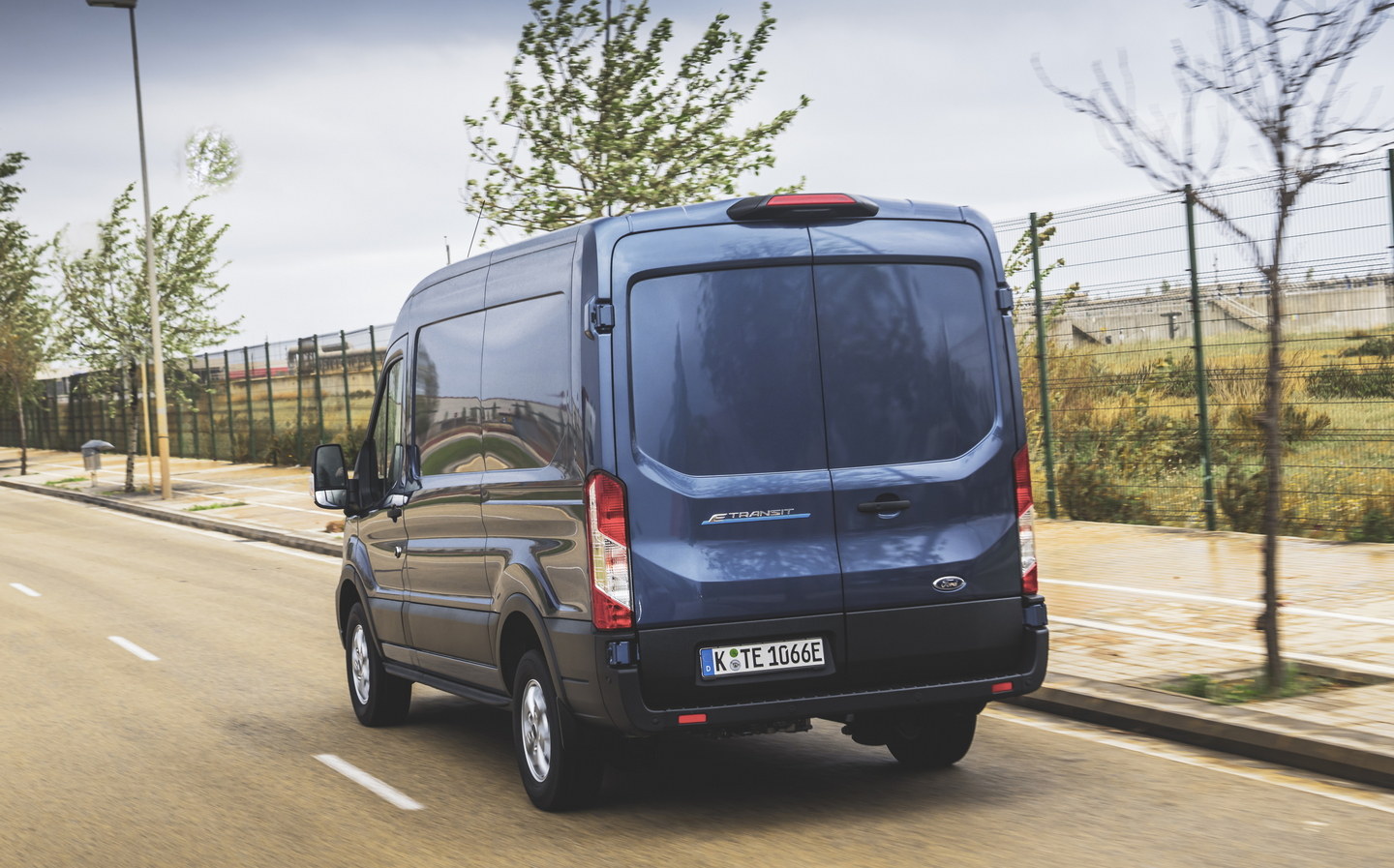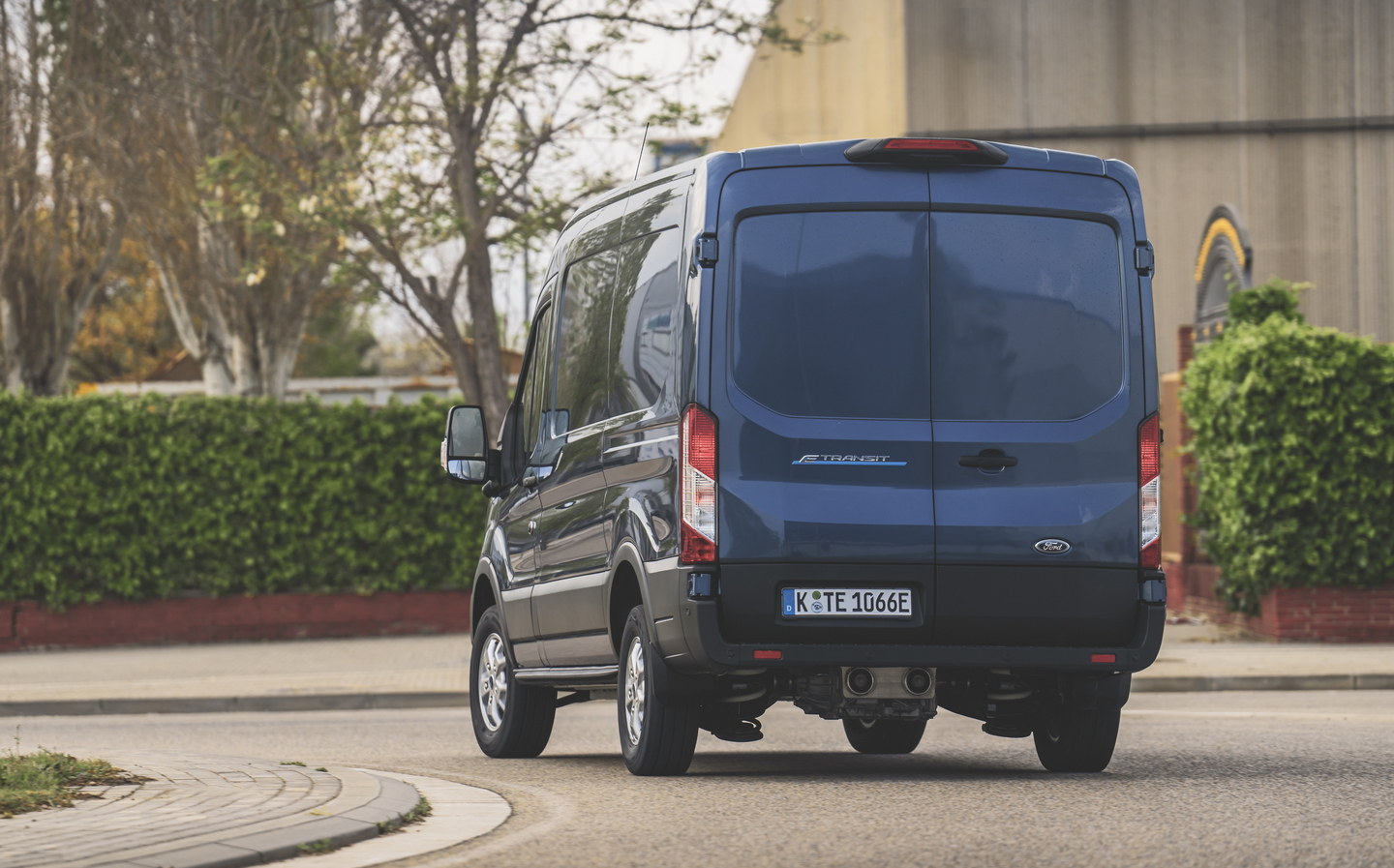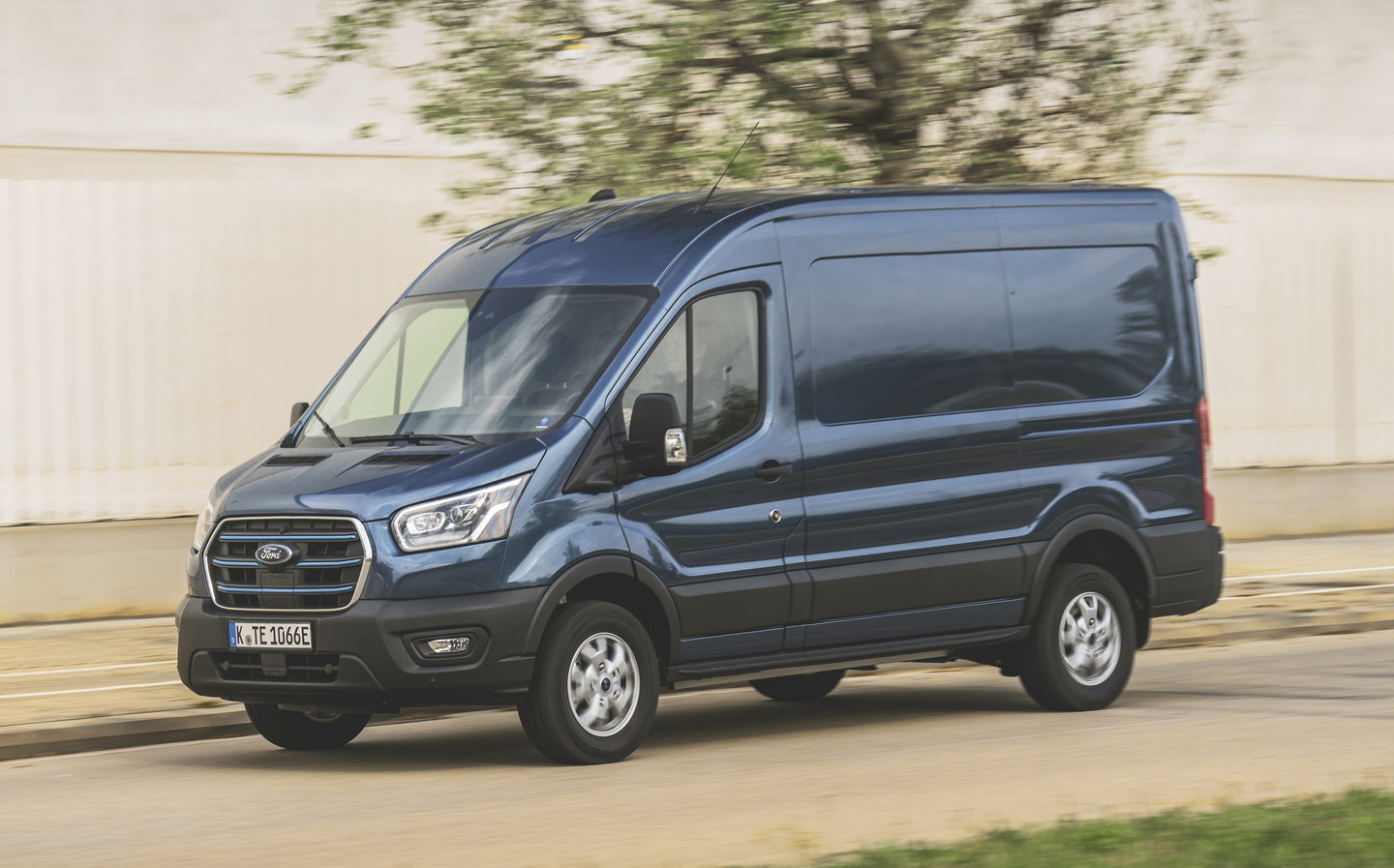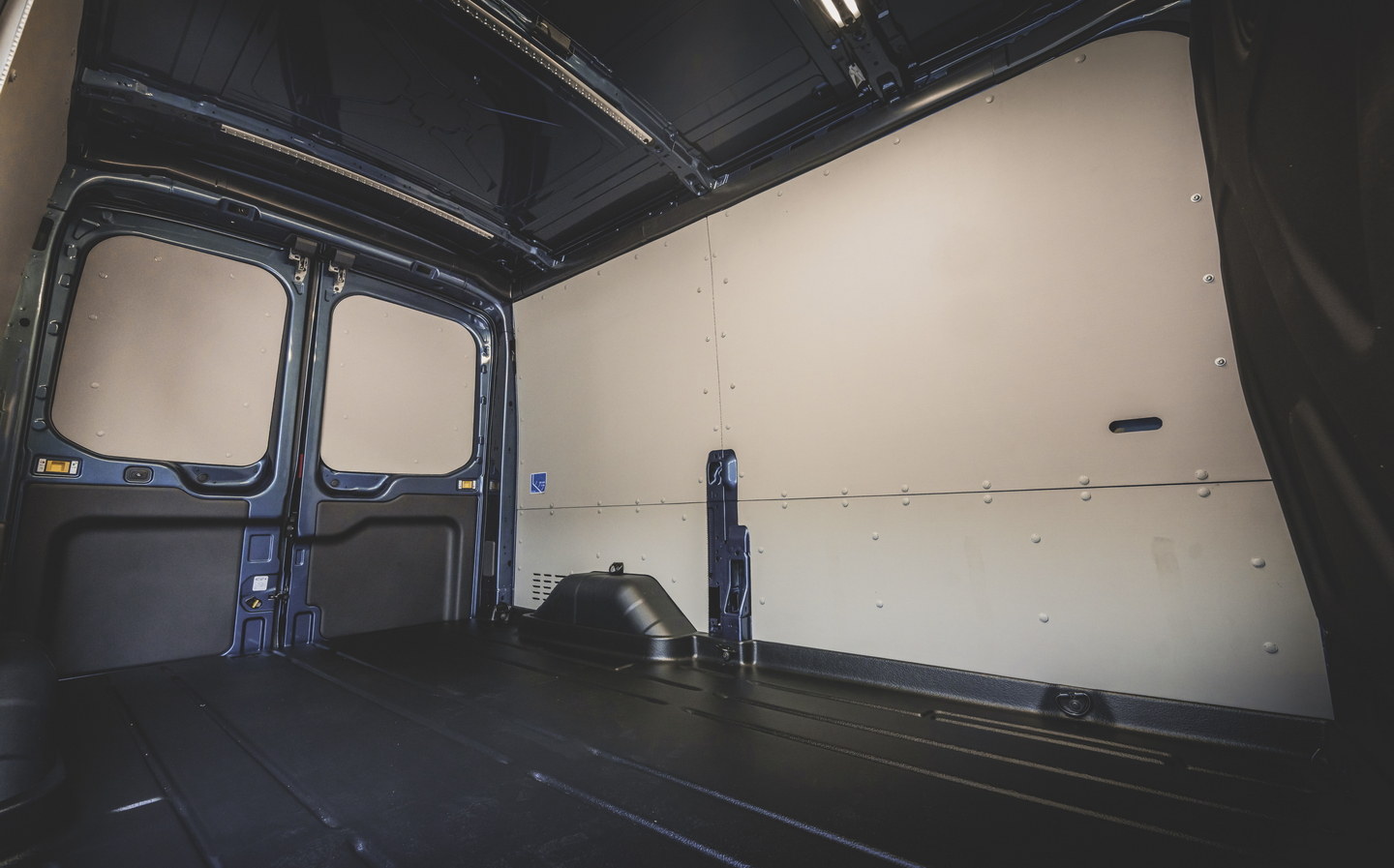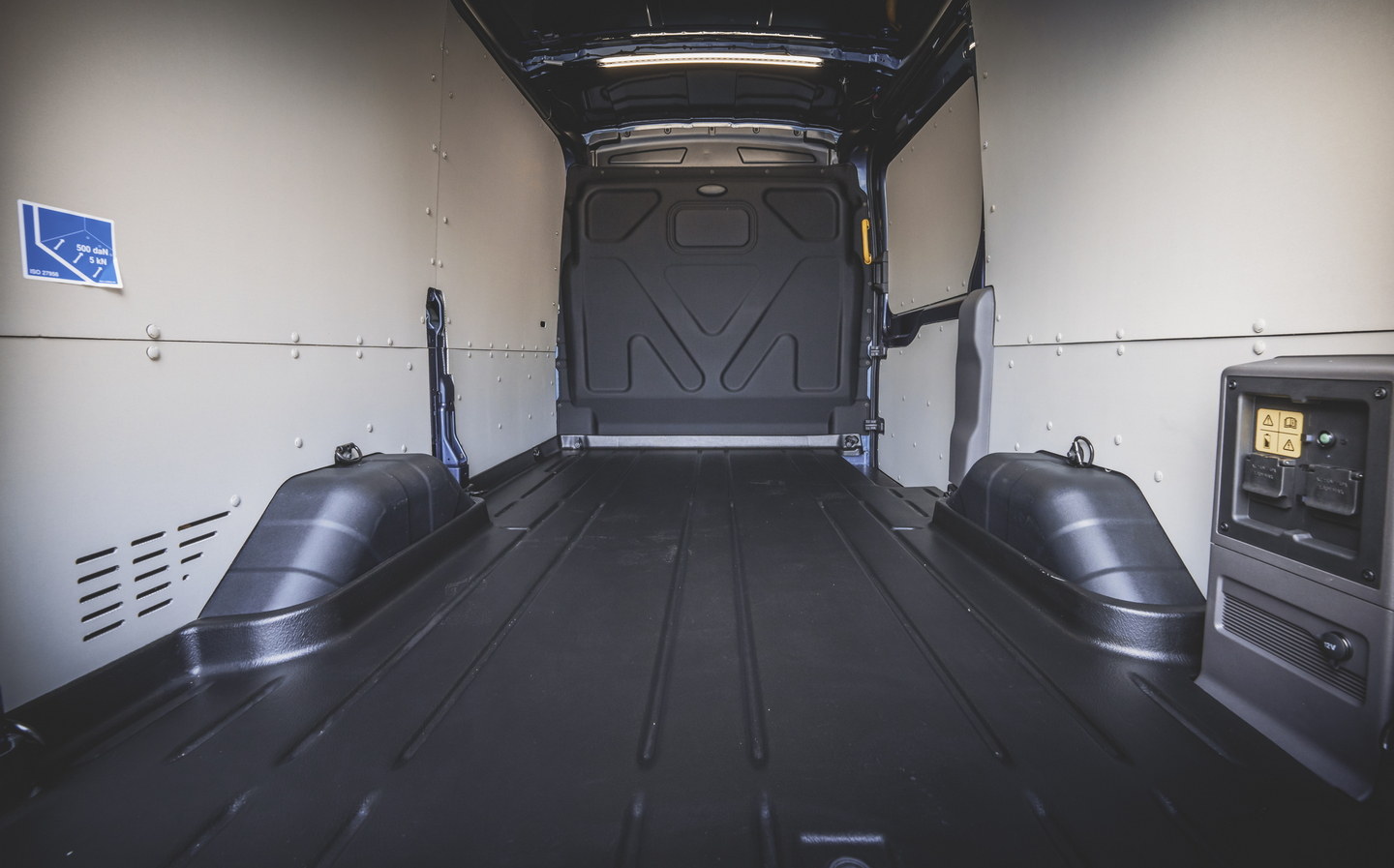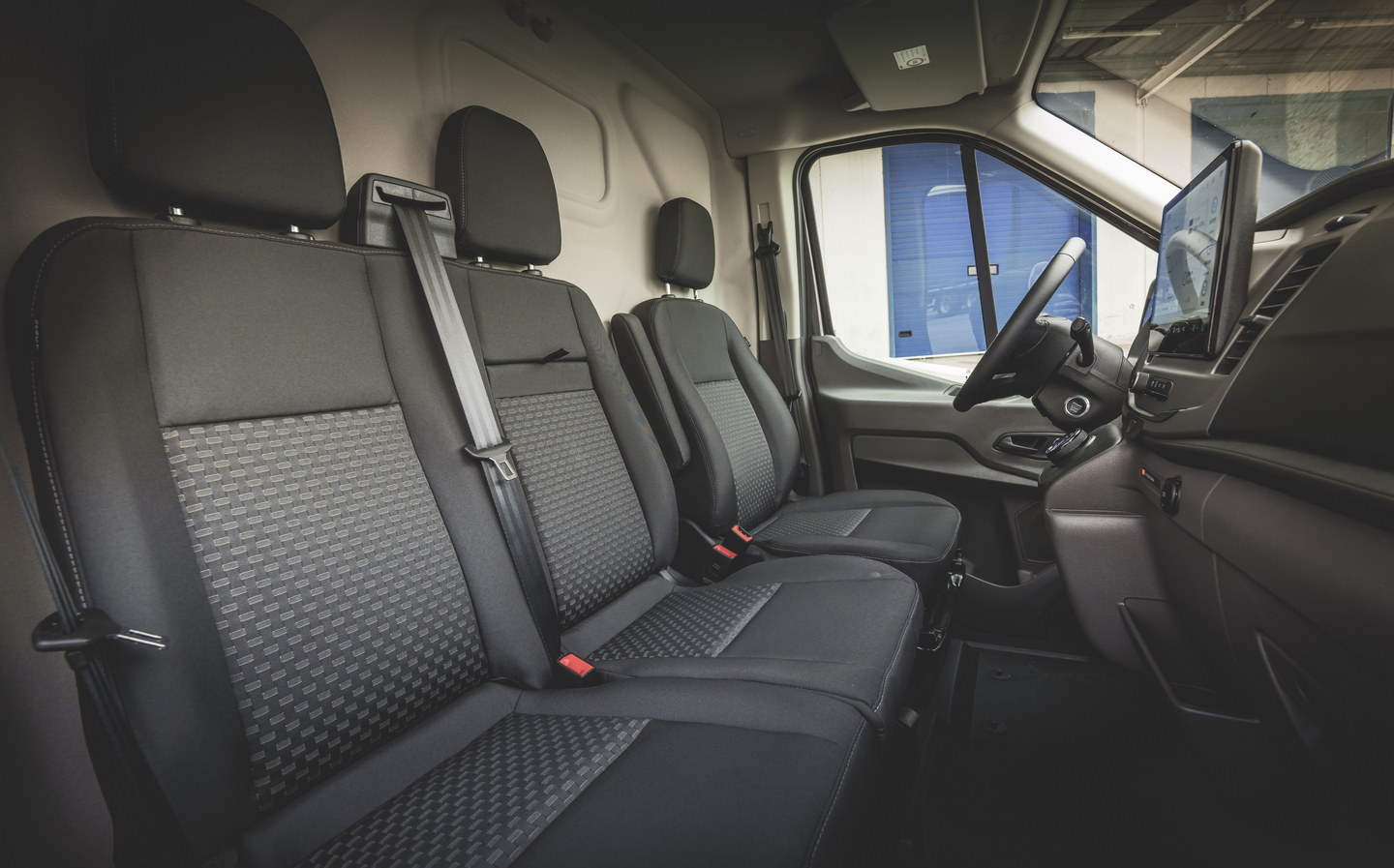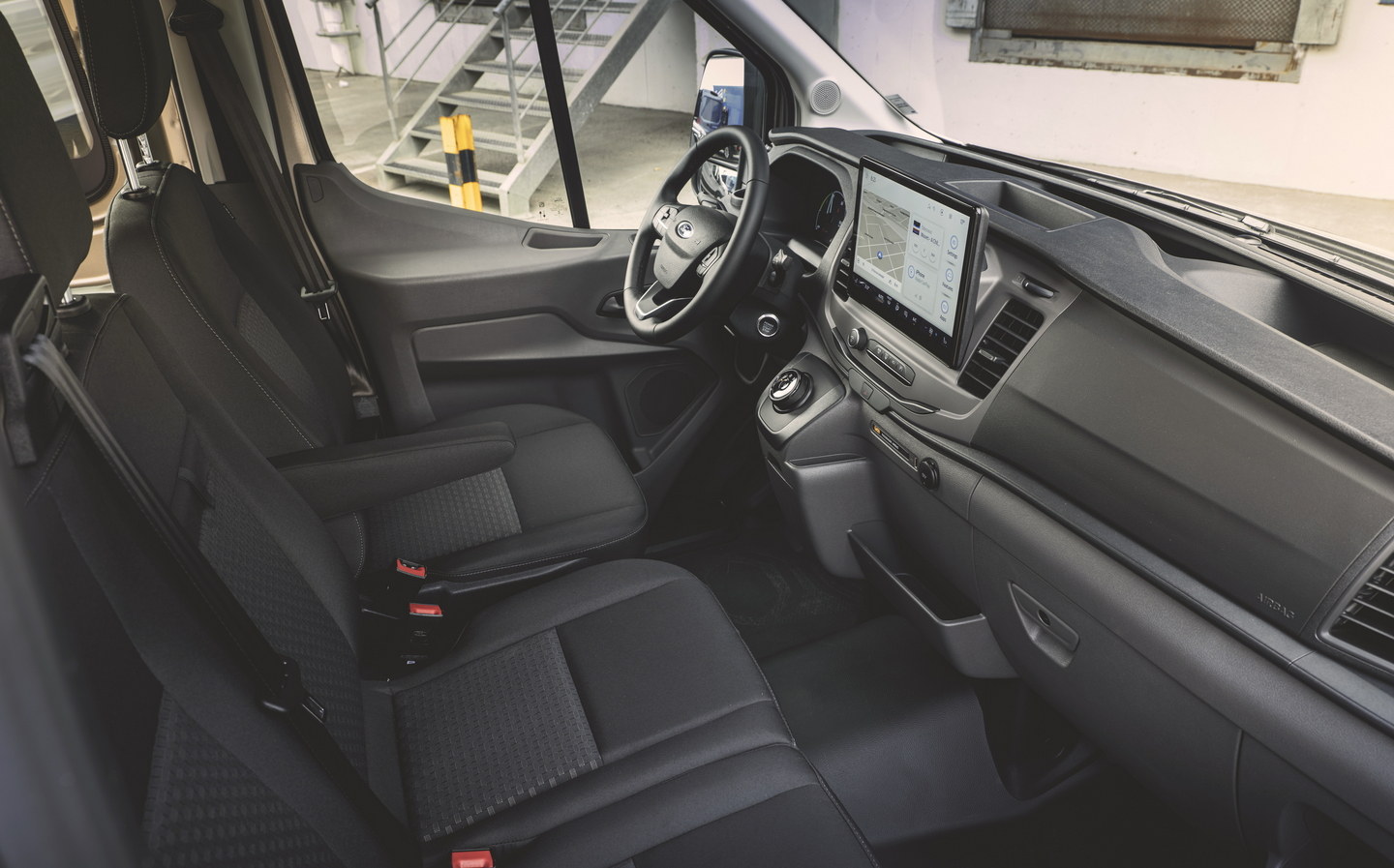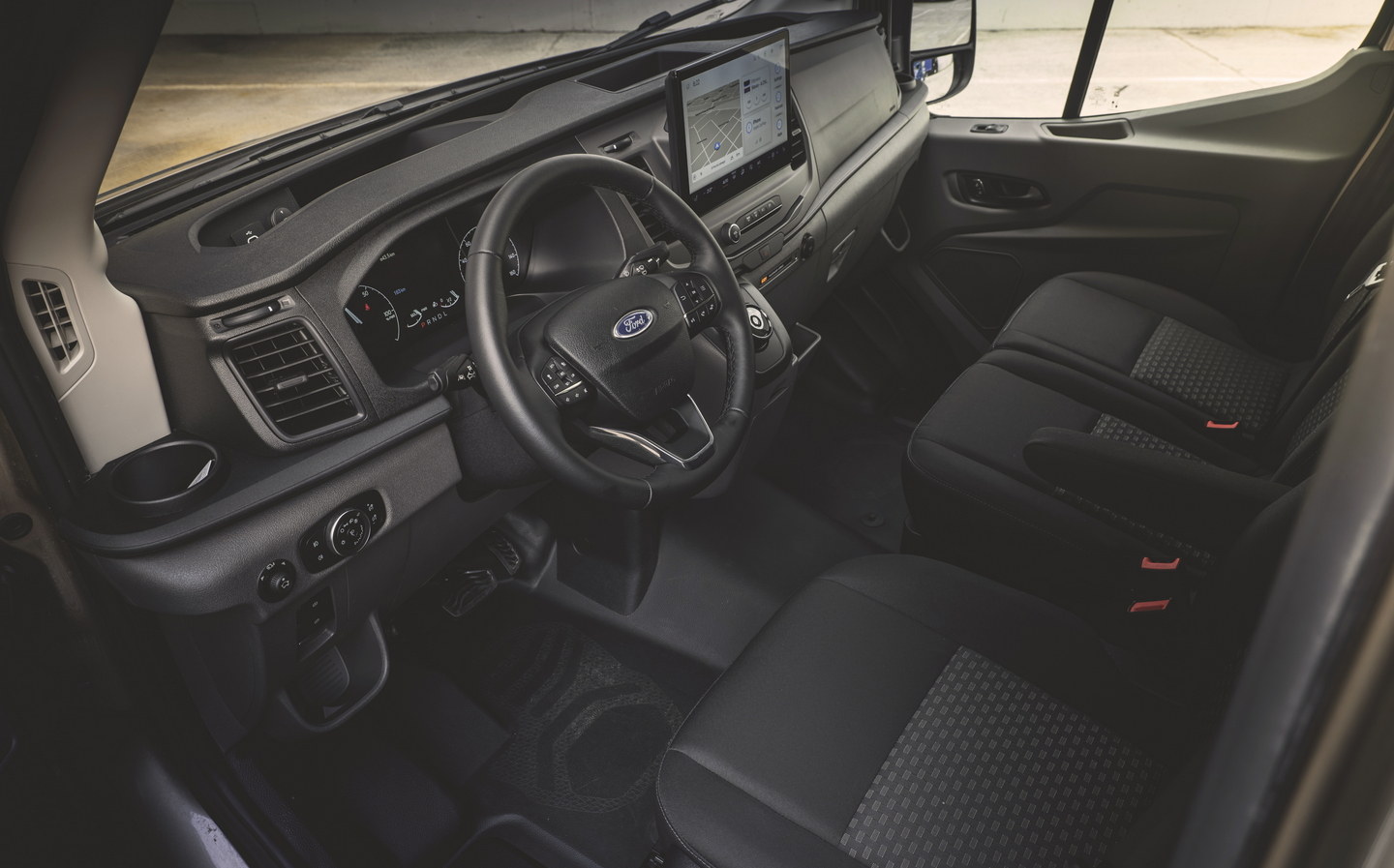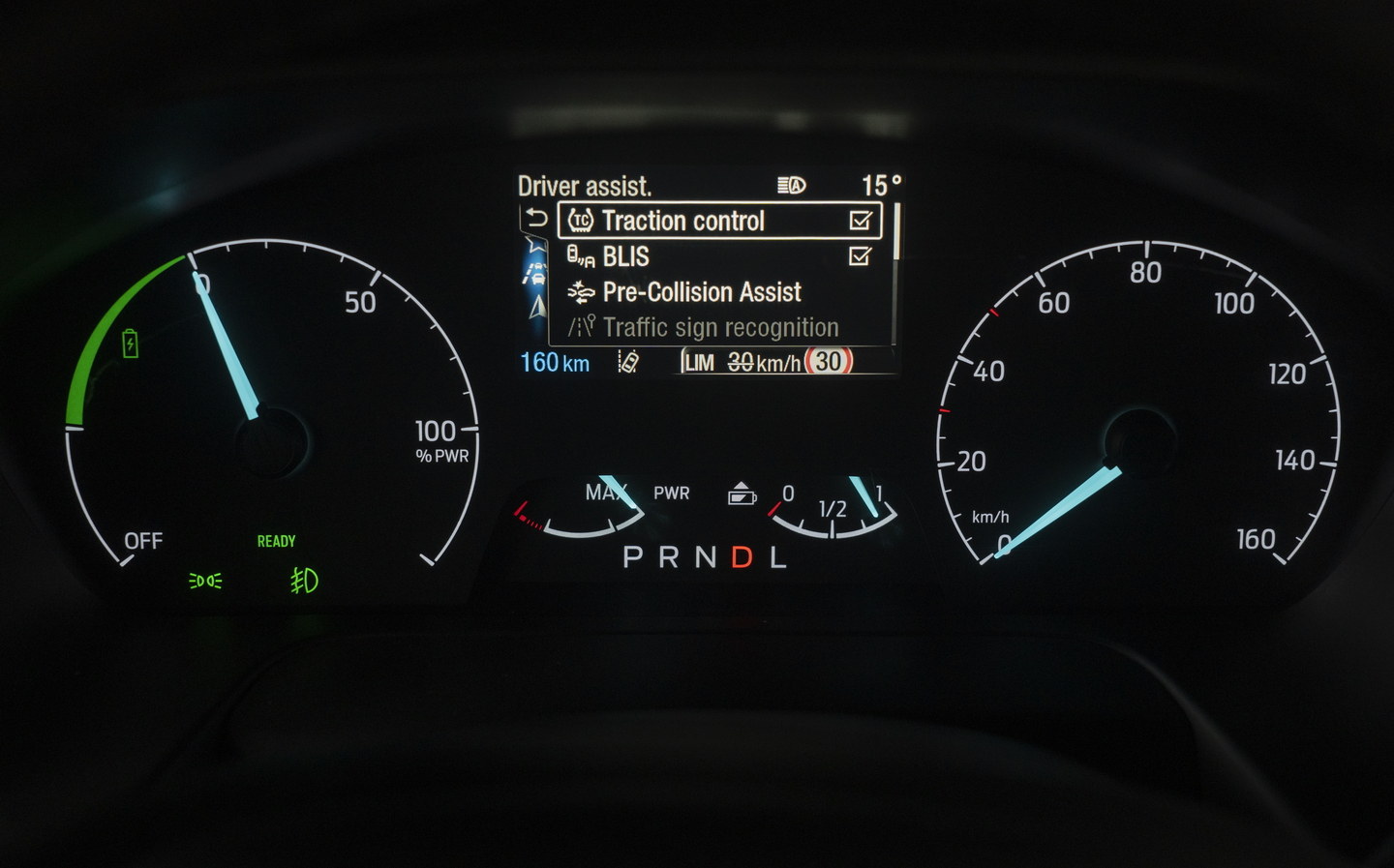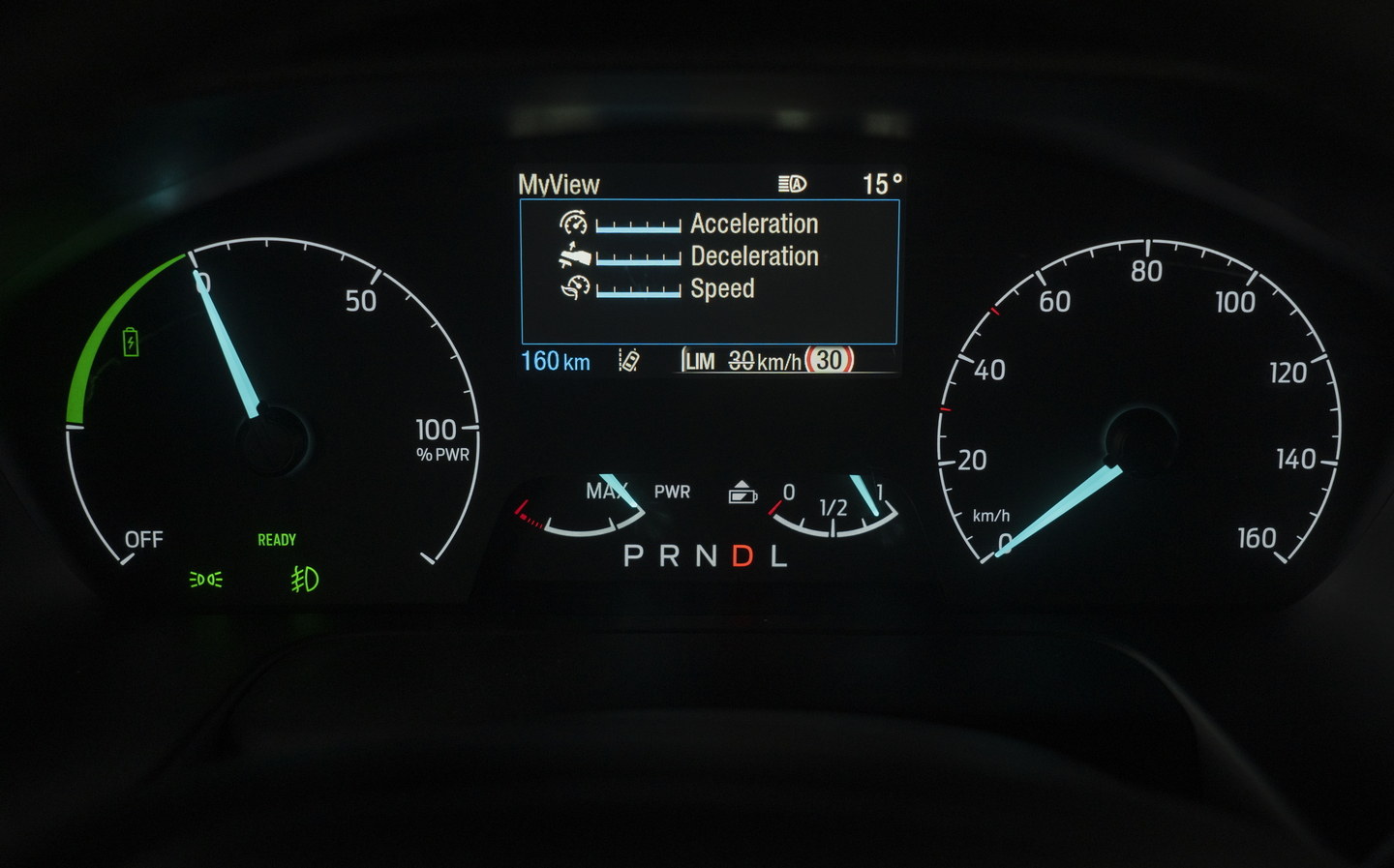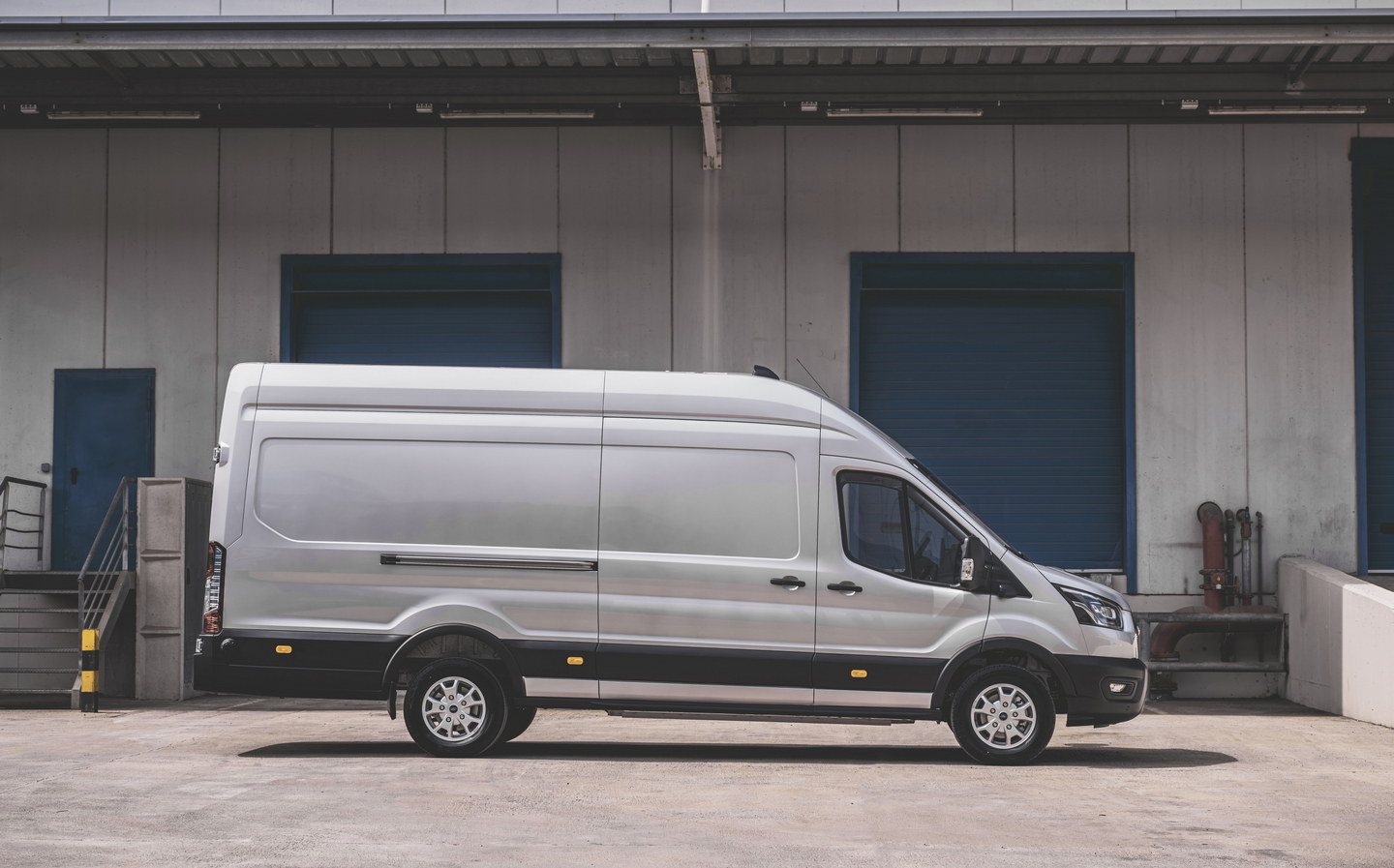Ford E-Transit 2022 review: Britain’s favourite van goes pure-electric
Will this silence White Van Man?
There’s a good chance that you won’t hear your next delivery driver pull up outside. There are a number of electric vans on sale already but the arrival of a pure-electric Ford Transit is surely the biggest sign that commercial vehicles are keeping up with private cars on the road to zero emissions.
The Transit is one of the most common sights on our nation’s roads and one of Ford’s most successful vehicles — last year it was the best-selling vehicle in the UK full stop, in fact, outselling cars including the Vauxhall Corsa and Ford’s popular Puma crossover.
Tesla Model 3 was second in list of UK’s best-selling cars of 2021
The Ford E-Transit is part of a massive shift to electrification by the American carmaker and is the first of four battery-powered vans it intends to launch by 2024.
Ford knows that not every van driver will be able to make the switchover to electric but many big and small fleets can comfortably cope with the 196-mile range that the E-Transit’s 68kWh battery can muster. With the number of public chargers growing the realistic scope of operation for electric vans should get easier too.
At the same time, a new programme called Ford Pro also introduces a one-stop-shop solution for financing, software, servicing and charging to make it easier for individuals and businesses to make the switch.
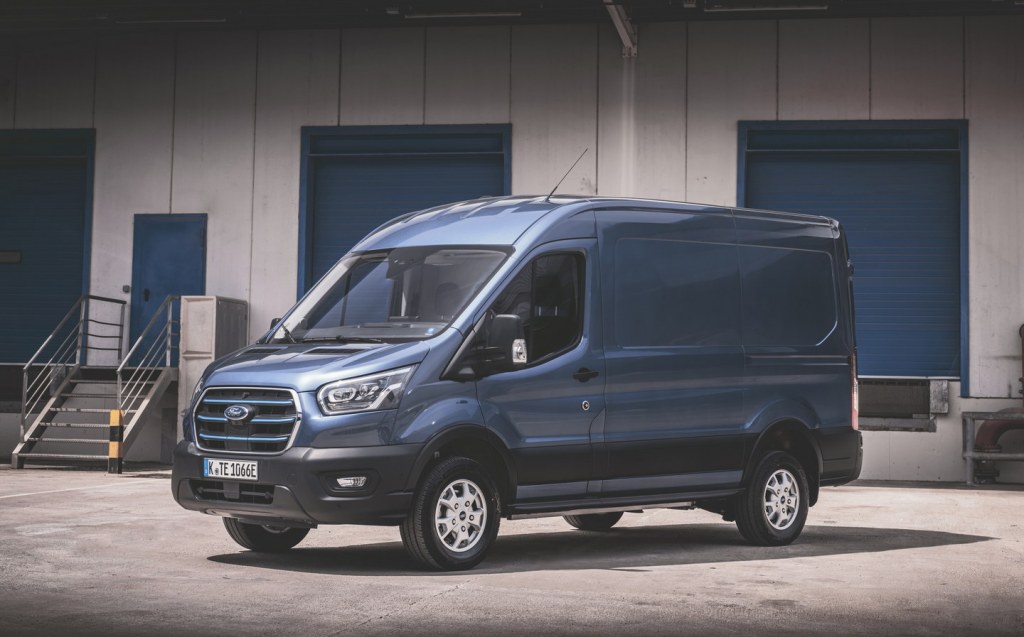
Exterior design and rivals
You will need to look closely to tell that this is the Ford E-Transit, as the exterior gives little away that this is a fully electric van. Three blue strakes span the front grille, where the battery charge port is located. That placement is designed to make accessing public rapid chargers a simple task, whether on the footpath or in a parking space, though might not be ideal for all on-street chargers.
Other than those blue elements, which also underline the badge on the back door, Ford has not tried to make the E-Transit appear any different to its combustion-engined siblings. Hard-wearing plastic wraps around the front and rear and along the flanks to give it some added protection from the rough and tumble of everyday life.
You might not be the most popular person in the charging station if you’ve got the longest of the E-Transit’s three lengths; at just over 6.7 metres, it’s not exactly small. The L2 and L3 measure 5.5- and 5.9 metres, respectively.
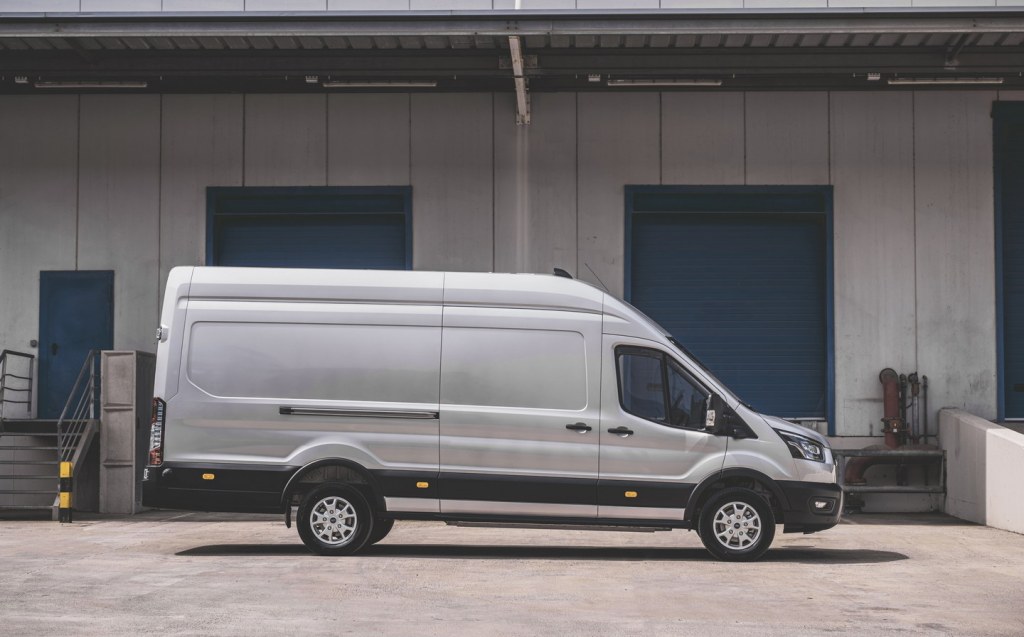
There’s also the choice of two heights, plus either the traditional van body, a double-cab or a single chassis. Despite all that choice, the E-Transit isn’t short on electric van rivals; the Fiat E-Ducato, Renault Master E-Tech and the Stellantis triplets of the Citroën e-Relay, Peugeot e-Boxer and Vauxhall Movano-e all compete with the Ford.
Those likely to add signage or company livery will only need the standard Frozen White paint. However, Ford does offer Race Red and Blazer Blue alongside pricier Diffused Silver, Magnetic, Moondust Silver, Chrome Blue and Agate Black as metallic paint options, plus a Grey Matter non-metallic premium paint.
Interior and practicality
A slight step up into the cabin of the E-Transit won’t bother many unless you’re doing it dozens of times per day, and some will. That aside, once into the driver’s seat, which was electrically adjustable in the version we tried, there’s excellent visibility out of the front, and the side mirrors provide a decent view of what’s going on behind.
The roof-mounted reversing camera is better to give a wide-angle view of the area you’re reversing into. Ford also offers a digital rear-view mirror on most models.

For many van drivers, the interior is not only about driving; it often doubles up as a mobile office, and the E-Transit provides sufficient space for getting the paperwork done between jobs. A small work surface folds down from the centre seatback for this purpose, though it’s not what you’d call a desk, and there are better examples in other commercial vehicles.
Storage areas are dotted throughout the cabin, such as a shelf across the roof and on top of the dashboard. The latter includes a USB-C charge port and one of the two 12-volt sockets in the cabin, though a dedicated place for keeping a mobile phone or, better still, a wireless charging pad, would be a great add-on.
The E-Transit may be a new addition to the range but sitting inside it reminds you that this model is starting to show its age, having been launched in 2013. Reworked instrument dials show power usage and battery remaining and there’s also a TFT digital display with the trip computer information and a push-button starter.
Being electric means it has an automatic drive selector rather than a manual gearbox, with drive, reverse and park chosen via a rotary controller similar to that found in Ford’s passenger cars.
However, one thing we discovered is that the electric parking brake doesn’t automatically apply as it does on some passenger cars when the ignition is turned off.
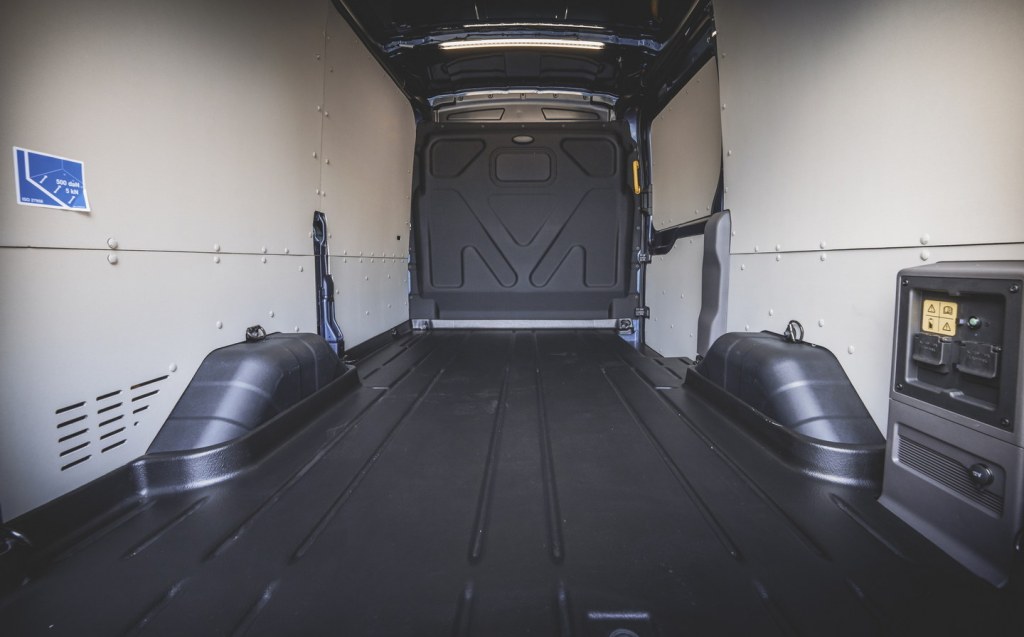
A high rear step makes manually loading the E-Transit a bit more work than some of its rivals. Along with the wide choice of body styles available based on an individual’s or fleet’s requirements, the maximum payload in the L3H3 350 we sampled is 955kg. That figure will vary depending on the particular model.
Technology and safety
Ford has done more than simply sling a big battery under the floor of a Transit. A great deal of work has gone into re-engineering a new independent rear suspension set-up that can cope with the additional battery weight and usual cargo load.
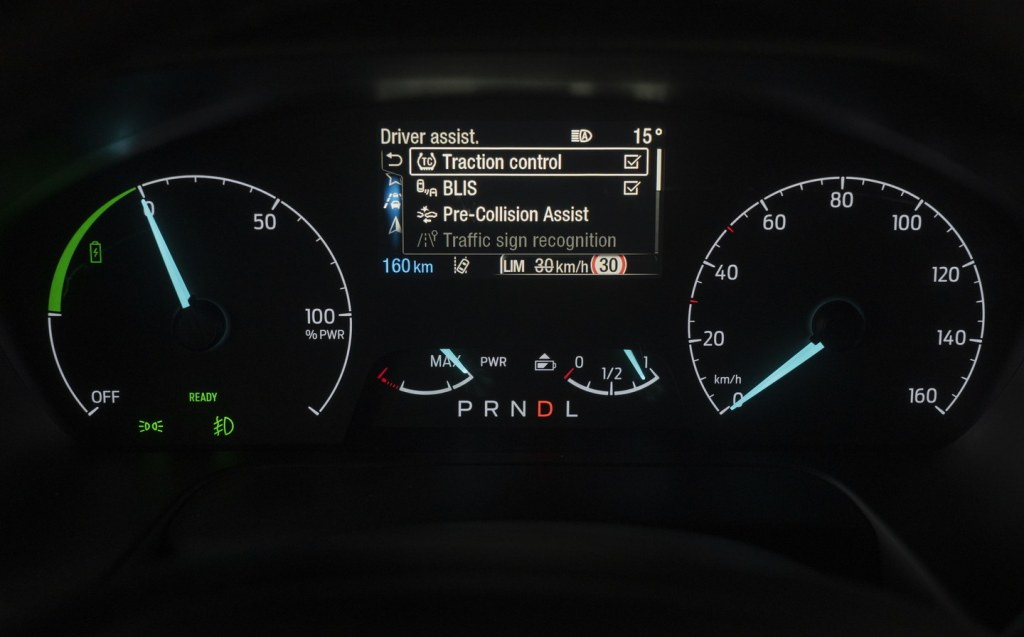
More impressive is the 12in touchscreen display that runs Ford’s Sync 4 infotainment system, which includes cloud connectivity for over-the-air updates.
The FordPass Pro smartphone app enables remote viewing of information such as battery level or time remaining on a charge.
The remote start function is equally helpful as it allows users to warm (or cool) the cabin and get the battery up to an optimal operating temperature while it’s still plugged in and charging. That not only means no more defrosting the windscreen on cold mornings, but as the heating system isn’t reliant on a diesel engine warming up, the van provides instant warm air through its cabin vents.
Many modern assistance features are present in the E-Transit, too, which will be good news to fleet operators keen to ensure their drivers (and vans) remain safe.
All versions come with pre-collision assist and automatic emergency braking that can help mitigate the risk of rear-ending another vehicle.
Hill start assist makes it a cinch when pulling away on an incline and the lane keeping system is a help on the motorway.
Ford does offer more advanced options such as adaptive cruise control, blind spot information with trailer coverage and a more advanced pre-collision assist system with pedestrian detection, 360-degree camera and parking sensors. A few option boxes could well be worth ticking there.
One particularly useful function is what Ford calls Pro Power, a factory-fitted system to power exterior devices via the E-Transit’s battery. With an output of up to 2.3kW, it’s enough to power everything from saws to work tool battery chargers and even a kettle when it rolls around to break time on site.
Ford has also thought about making sure people don’t get caught out using this, so drivers can set a minimum driving range warning to ensure there’s always enough charge in the battery to get home at the end of the job.
Performance, power and acceleration
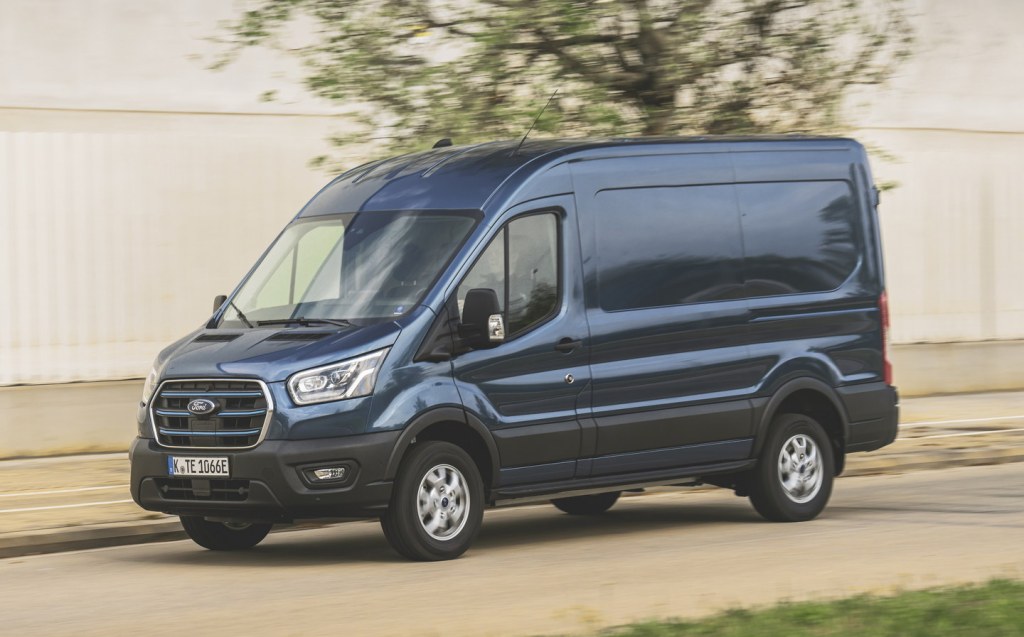
The 68kWh battery is the only one available in the Ford E-Transit, although there is the option of two different electric motors, both of which drive the rear wheels.
The standard electric motor’s output is rated at 181bhp, while the more powerful motor produces 266bhp. Both generate 317lb ft of torque that arrives instantaneously, dispatching power to the rear wheels via a single-speed automatic transmission. The 181bhp version felt sufficiently brisk, even with a load on board.
Battery range will undoubtedly be the thing that most potential E-Transit buyers and drivers will want to know about. While Ford claims that the E-Transit will cover up to 196 miles on a single charge, that figure depends on how it’s used and what it’s carrying makes a significant impact.
We had the van loaded up with 400kg of weight in the back and, with two people on board driving in primarily urban settings — that are much kinder to an EV’s indicated range than extra-urban and motorway — the Ford was returning the equivalent of around 2.5 miles/kWh, equating to around 170 miles per charge.
Time wasted during any working day has a cost so charging time is a crucial factor, too. The E-Transit can use rapid DC charging at a peak of 115kW, replenishing the battery from 15% to 80% in as little as 34 minutes.
An 11kW onboard AC charger is designed for overnight top-ups. A full charge from empty using that will take approximately eight hours based on a 230-volt three-phase source, whereas a single-phase outlet will require 11.5 hours to do the same.
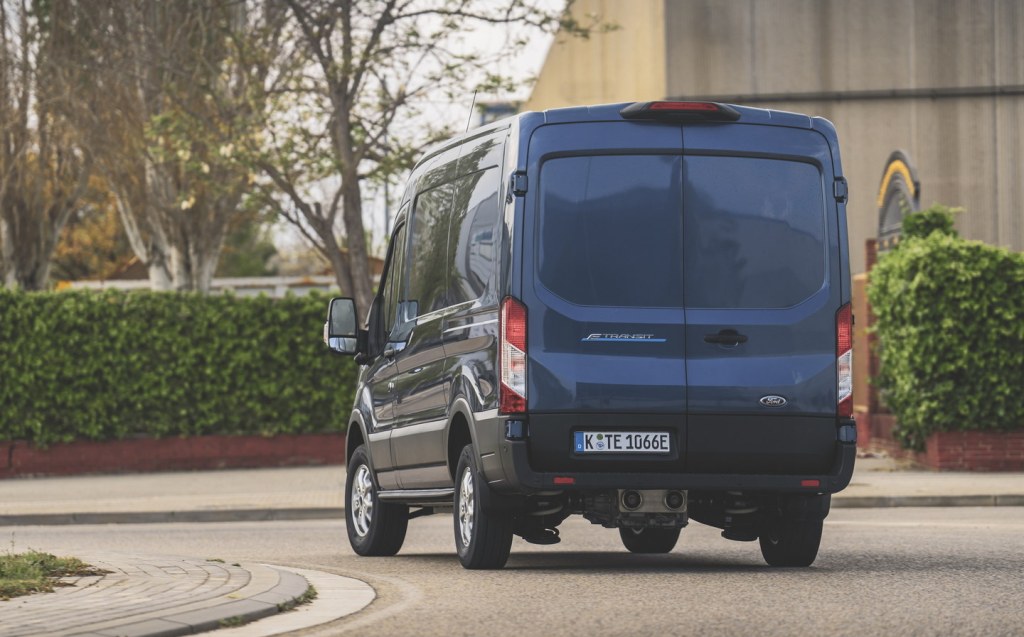
Ride and handling
New independent rear suspension has been designed to ensure that the electric motor doesn’t impede on load space. Ford claims that it is the heaviest duty suspension of this kind that it has ever done and potentially the heaviest created in the industry to date — with the possible exception of the military Humvee, said Ford’s chief programme engineer Andrew Mottram.
Any van driver that’s had to endure the stop-start M25 or congested city streets will immediately welcome the smoothness of the Ford’s electric powertrain. The single-speed automatic means the E-Transit is extremely easy to drive and provides a far greater level of refinement in comparison to a diesel van when it’s on the move. With next-to-no noise from the electric motor and a lack of vibration when running, the big Ford is a relaxing thing to drive.
Loaded up with 400kg the E-Transit felt composed, settled on the road and refined for a big van.
Pricing and on-sale date
Ford dealers have already taken more than five thousand orders for the E-Transit across Europe. Pricing in the UK will start at £45,550 excluding VAT. That’s a good deal more than most diesel and hybrid equivalents, but cheaper than some electric competitors. Regardless, there are considerable running cost savings to be made, from fuel to maintenance.
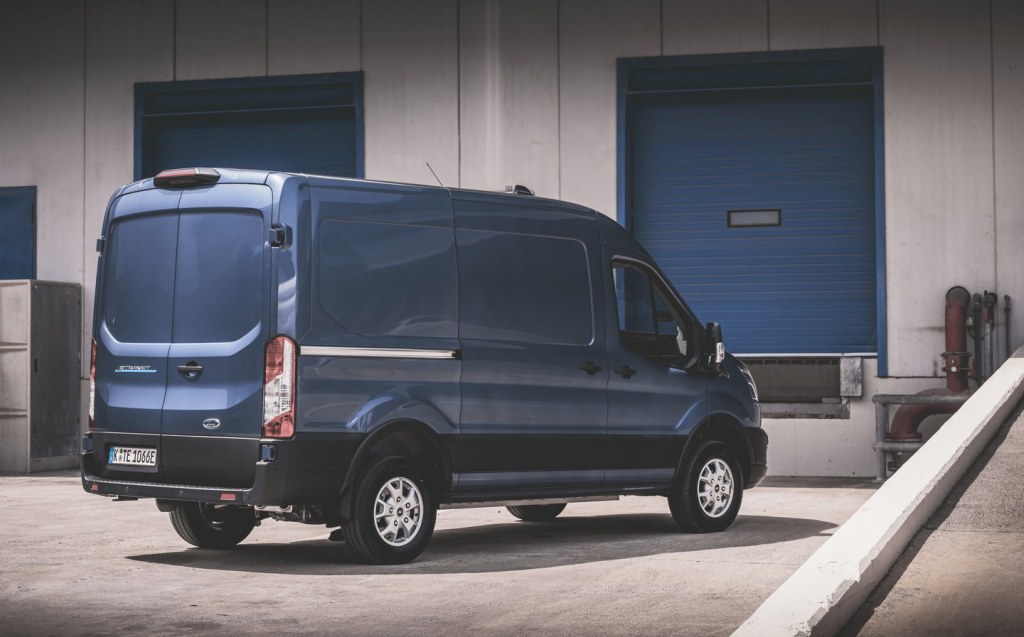
Verdict: Ford E-Transit review
In the right scenario the Ford E-Transit makes quite a bit of sense and is a great option for businesses keen to lower their carbon footprint, but there are still plenty of limitations concerning how it can operate in the real world. If your needs fall within those parameters, the positives far outweigh the negatives.
Related articles
- After reading this review of the 2022 Ford E-Transit, you might want to see our review of the Volkswagen ID. Buzz
- Here are all the car makers’ electric car plans
- And don’t miss our review of the divisive BMW iX
Latest articles
- Aston Martin Valkyrie AMR-LMH hypercar hits track ahead of 2025 Le Mans challenge

- Porsche has begun testing the electric Cayenne

- Cupra Leon 272 eHybrid 2024 review: Bigger battery, better tech … but is it a Cupra?

- Porsche 911 GTS 2024 review: Hybrid heresy or more Stuttgart genius?

- Extended test: 2023 Vauxhall Astra Sports Tourer GS PHEV



